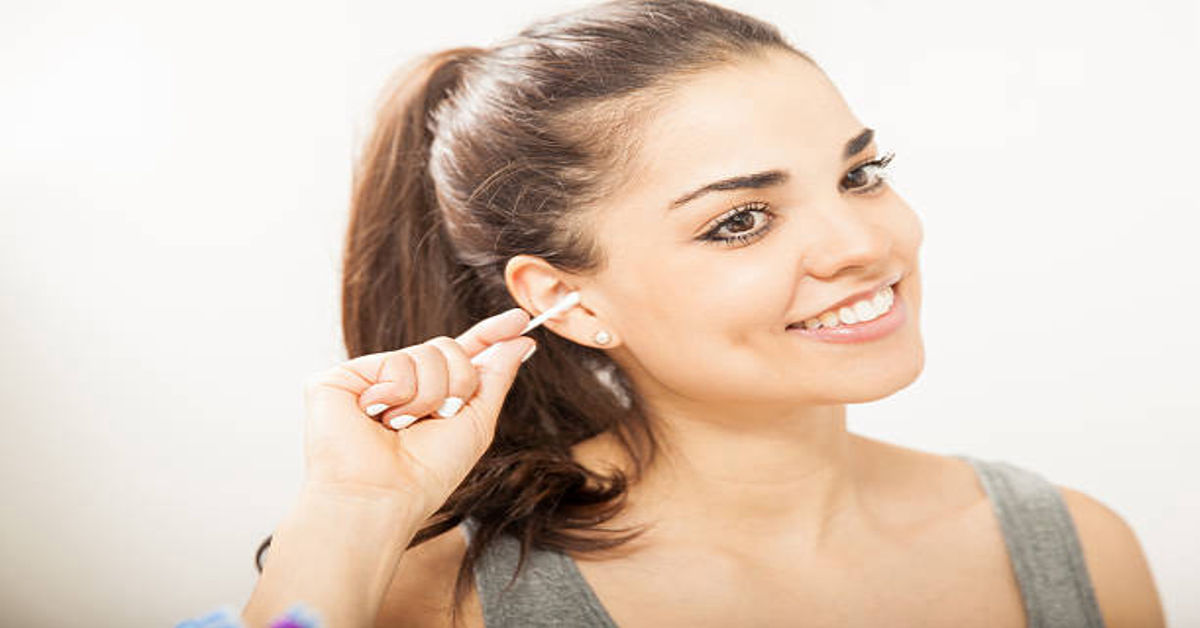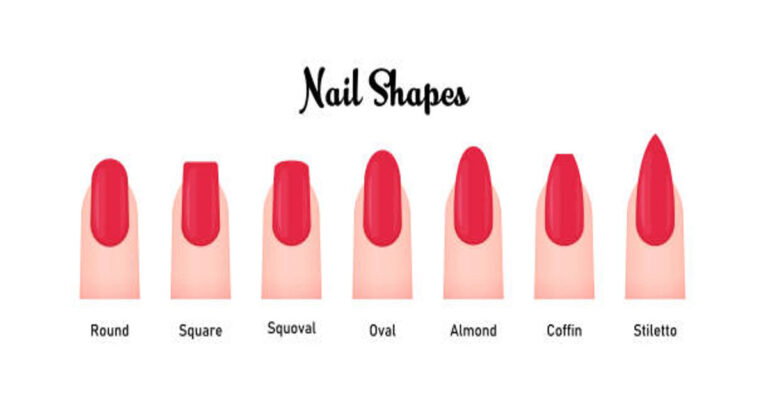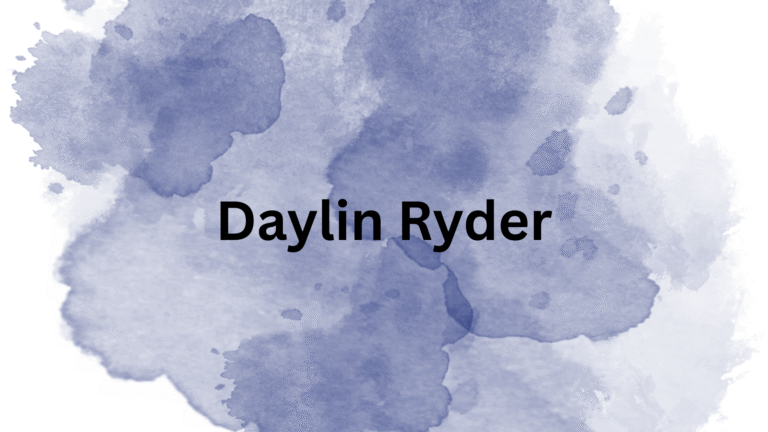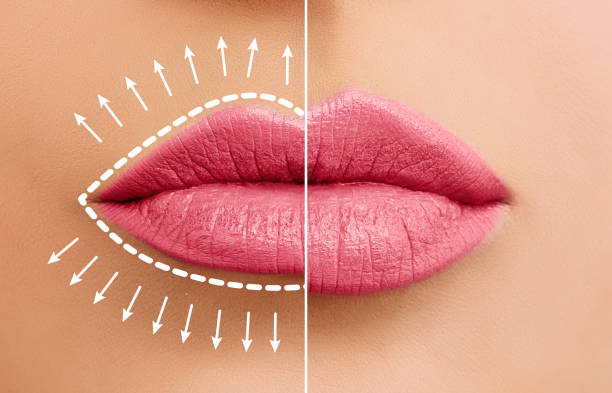Ear Cleaning Near Me: Safe and Effective Ear Care
Ear cleaning is a routine yet essential part of personal hygiene that often goes unnoticed until a problem arises. Most people clean their ears casually with cotton swabs or other improvised tools, unaware that improper ear cleaning can cause more harm than good. Searching for “ear cleaning near me” often happens when someone experiences discomfort, itching, or muffled hearing. But before rushing to any nearby clinic or salon, it’s vital to understand what professional ear cleaning involves, why it matters, and how it differs from at-home methods.
In this comprehensive guide, we’ll explore every aspect of ear cleaning — from anatomy and hygiene to professional procedures, cost, risks, and expert recommendations. Whether you’re looking for a local ear care clinic or simply want to learn the safest way to maintain ear health, this article will provide clarity and direction.
Understanding Ear Wax and Its Purpose
Ear wax, scientifically called cerumen, is a natural protective substance secreted by glands in the ear canal. Contrary to common belief, ear wax is not a sign of poor hygiene — it is essential for keeping the ear clean and healthy.
Here’s what ear wax actually does:
| Function | Purpose |
|---|---|
| Lubrication | Prevents dryness and itching in the ear canal. |
| Protection | Traps dust, dirt, and microorganisms, preventing them from reaching the eardrum. |
| Antibacterial | Contains natural enzymes that inhibit bacterial and fungal growth. |
| Self-cleaning | Gradually moves outward, carrying trapped debris with it. |
The ear canal is a self-regulating system — in most people, wax migrates outward naturally and falls out. However, certain habits or physical conditions can interfere with this process, causing wax buildup or impaction.
Why Ear Cleaning Is Necessary
Although the ear can usually clean itself, sometimes ear wax becomes excessive, hard, or impacted. When this happens, symptoms can include:
- Reduced hearing or muffled sounds
- A feeling of fullness in the ear
- Itching, pain, or discomfort
- Ringing (tinnitus)
- Dizziness in severe cases
If these symptoms occur, professional ear cleaning becomes necessary. Improper self-cleaning using cotton swabs, bobby pins, or ear candles can push wax deeper, leading to blockages or injury. Professional ear cleaning, on the other hand, uses medical instruments and safe techniques to remove wax and debris without damaging the ear canal.
Common Causes of Ear Wax Build-up
| Cause | Explanation |
|---|---|
| Excessive ear wax production | Some people naturally produce more wax due to genetics or skin type. |
| Use of cotton swabs | Pushes wax deeper instead of removing it. |
| Wearing earphones or hearing aids | Traps wax and prevents it from migrating outward. |
| Narrow or curved ear canals | Makes it harder for wax to exit naturally. |
| Age-related dryness | Older adults produce drier wax that doesn’t move easily. |
Types of Ear Cleaning Services Near You
When searching for “ear cleaning near me,” you’ll come across different options — from medical clinics to beauty spas. While all offer ear cleaning, the techniques, safety, and expertise differ significantly.
| Service Provider | Cleaning Method | Safety Level | Suitable For |
|---|---|---|---|
| ENT (Ear, Nose & Throat) Clinics | Microsuction or irrigation using sterile tools | Very high | Impacted wax, ear infections, or sensitive ears |
| Audiologists | Microsuction and hearing aid maintenance | High | Hearing aid users or those with hearing loss |
| Primary Care Doctors | Syringing or irrigation | Moderate | General wax removal needs |
| Beauty Salons or Spas | Ear candling or surface cleaning | Low | Only suitable for external cleaning (not recommended for deep wax) |
| Home Service Ear Cleaning | Mobile nurse or technician visit | Depends on provider | People unable to visit clinics physically |
Professional Ear Cleaning Methods
1. Microsuction Ear Cleaning
Microsuction is considered the safest and most precise method for wax removal. It involves using a small suction device under a microscope to gently remove wax. There’s no water involved, making it ideal for those with ear infections or perforated eardrums.
Advantages:
- Immediate results
- No mess or discomfort
- Safe for people with ear surgery history
Disadvantages:
- May feel slightly noisy
- Requires trained professionals and equipment
2. Ear Irrigation (Ear Syringing)
This method uses a controlled stream of warm water to flush out wax. It’s commonly used in general practice clinics.
Advantages:
- Effective for soft wax
- Affordable and quick
Disadvantages:
- Can cause dizziness or discomfort
- Not suitable for people with ear drum perforations
3. Manual Removal Using Instruments
Some ENT specialists use tools like curettes or forceps to manually remove wax while viewing the ear under a magnifying lens.
Advantages:
- Good for large, dry, or impacted wax
- Done under visual guidance
Disadvantages:
- Slight discomfort possible
- Requires steady hands and experience
4. Ear Candling (Not Recommended)
Ear candling involves placing a hollow candle in the ear and lighting it to create suction. However, scientific evidence does not support its effectiveness, and it can cause burns, blockages, or even ear drum damage. Reputable clinics rarely offer this service.
At-Home Ear Cleaning: Do’s and Don’ts
While professional ear cleaning is safest, mild cases can be managed at home — if done correctly.
| Do’s | Don’ts |
|---|---|
| Use over-the-counter ear drops or olive oil drops to soften wax. | Do not insert cotton swabs, pins, or keys into your ear. |
| Gently wipe the outer ear with a clean cloth. | Avoid ear candling. |
| Visit a doctor if symptoms persist for more than a few days. | Don’t try to irrigate your ear with forceful water streams. |
A few drops of mineral oil or hydrogen peroxide (3%) can help loosen wax, but these should only be used after confirming that your eardrum is intact.
Signs You Need Professional Ear Cleaning
You should book an appointment with an ENT or audiologist if you experience any of the following:
- Persistent blockage or fullness
- Sudden hearing loss
- Ear pain or discharge
- History of ear surgery or perforation
- Hearing aid malfunction due to wax
Attempting to self-clean in these cases can worsen the issue or cause infection.
What to Expect During a Professional Ear Cleaning Appointment
- Initial Examination:
The doctor will use an otoscope — a small device with a light — to inspect the ear canal and eardrum. This helps determine the type and amount of wax present. - Selection of Method:
Based on the wax consistency and ear health, the doctor decides whether to use microsuction, irrigation, or manual removal. - Wax Removal:
The process usually takes 15–30 minutes. You may hear sounds of suction or water flow but it’s painless. - Aftercare Advice:
You’ll be advised to avoid inserting objects in your ear and to use preventive drops if you produce excess wax. - Follow-up:
Some people require regular cleaning every 6–12 months depending on wax production and ear canal shape.
Cost of Professional Ear Cleaning Near You
Prices vary by location, provider type, and procedure. The following table gives an average range:
| Type of Service | Approximate Cost (USD) |
|---|---|
| ENT Microsuction Cleaning | $80 – $150 |
| Audiologist Wax Removal | $60 – $120 |
| GP Syringing | $40 – $80 |
| Spa Ear Cleaning (non-medical) | $20 – $50 |
| Mobile Home Visit | $70 – $130 |
While cheaper options exist, the safest approach is always to visit a qualified medical professional, especially if you have a history of ear issues.
Benefits of Professional Ear Cleaning
| Benefit | Explanation |
|---|---|
| Improved Hearing | Removing wax restores clear sound transmission. |
| Comfort & Relief | Eliminates fullness, itching, or irritation. |
| Reduced Risk of Infection | Sterile procedures prevent bacterial contamination. |
| Better Balance | Clean ears contribute to equilibrium and stability. |
| Hearing Aid Efficiency | Prevents blockages that interfere with device performance. |
Risks of Improper Ear Cleaning
Improper techniques — especially with foreign objects — can lead to:
- Eardrum perforation
- Ear canal abrasions or bleeding
- Wax impaction
- Middle ear infection (otitis media)
- Temporary or permanent hearing loss
Therefore, even though ear cleaning seems simple, it requires precision and medical awareness.
Ear Cleaning Frequency Recommendations
| Category | Recommended Frequency |
|---|---|
| Normal Wax Producers | Every 6–12 months |
| Heavy Wax Producers | Every 3–6 months |
| Hearing Aid Users | Every 3 months |
| Swimmers or Surfers | Every 4–6 months (due to trapped moisture) |
| Elderly Adults | Every 6 months or as advised |
Your doctor can personalize the schedule after examining your ear structure and wax type.
Children and Ear Cleaning
Children’s ears are delicate, and their wax production can vary widely. Pediatricians typically recommend leaving ear wax alone unless it causes symptoms such as pain, blockage, or difficulty hearing. In such cases, ear drops or gentle suction by a pediatric ENT is safest.
Parents should never insert cotton swabs or attempt to clean deep inside a child’s ear. Instead, clean only the outer ear using a damp cloth.
Ear Cleaning and Hearing Aids
Hearing aid users often experience faster wax accumulation because the device partially blocks the ear canal, disrupting the natural migration of wax. Regular maintenance, including professional cleaning, is essential to ensure both ear and device function properly.
Audiologists often offer combined ear wax removal and hearing aid servicing, ensuring all components work effectively.
How to Find the Best Ear Cleaning Near Me
When looking for “ear cleaning near me,” consider the following steps:
- Check Credentials:
Choose a certified ENT specialist or audiologist. Avoid unlicensed providers or beauty salons that lack medical equipment. - Read Reviews and Testimonials:
While you don’t need to rely on online sources here, patient feedback is a useful indicator of professionalism and hygiene standards. - Evaluate Hygiene and Equipment:
Ensure the clinic uses sterile tools, disposable tips, and follows infection control protocols. - Ask About Methods Used:
Microsuction is generally the safest, while ear candling should be avoided. - Compare Costs and Comfort:
Don’t base decisions on price alone; prioritize skill and safety. - Schedule a Consultation:
A quick ear examination can determine if cleaning is necessary or if another ear condition is present.
Natural Remedies to Support Ear Health
While not a replacement for medical cleaning, certain gentle remedies can help maintain ear hygiene between appointments:
- Warm Olive Oil Drops:
Two to three drops weekly can soften wax and ease its natural migration. - Hydrogen Peroxide Solution (3%):
Helps dissolve stubborn wax — use only if advised by a doctor. - Saline Rinse:
Mild saline can be used externally to clean the ear opening. - Healthy Ear Habits:
Maintain hydration, avoid loud noises, and clean earphones regularly.
Hygiene Practices for Everyday Ear Care
- Avoid inserting objects into your ear.
- Dry ears gently after showering or swimming.
- Keep earphones and earbuds clean.
- Do not use sharp tools or pens to scratch your ear.
- If you experience recurring itching, consult an ENT to rule out eczema or fungal infection.
When Ear Cleaning Becomes Medical Treatment
Sometimes wax build-up is secondary to other ear problems such as otitis externa, eczema, or fungal infection. In such cases, ear cleaning is part of a broader treatment plan. The ENT may use medicated drops, antibiotics, or antifungal solutions after cleaning.
Common conditions linked to ear blockage include:
| Condition | Description |
|---|---|
| Otitis Externa | Inflammation or infection of the outer ear canal. |
| Seborrheic Dermatitis | Flaky skin inside the ear causing debris. |
| Foreign Body in Ear | Common in children; requires urgent removal. |
| Perforated Eardrum | May cause discharge and sensitivity — needs expert care. |
Post-Cleaning Care Tips
After a professional cleaning session, it’s important to protect the ear and maintain cleanliness:
- Avoid swimming or inserting earplugs for 24 hours.
- Keep ears dry and avoid scratching.
- Use prescribed drops if recommended.
- Monitor for any pain, dizziness, or discharge — report these to your doctor.
- Schedule a follow-up visit if wax buildup tends to recur.
Ear Cleaning for Swimmers and Divers
Swimmers are prone to swimmer’s ear — an infection caused by trapped water that softens wax and encourages bacteria. Regular ear drying and occasional professional cleaning can help prevent this condition. Specialized ear drops that maintain the ear’s pH balance can also reduce infection risk.
Difference Between Medical and Cosmetic Ear Cleaning
| Aspect | Medical Cleaning | Cosmetic Cleaning |
|---|---|---|
| Provider | ENT, audiologist, nurse | Spa or beauty technician |
| Equipment | Microscope, suction, irrigation tools | Cotton buds, candles, or manual tools |
| Purpose | Medical treatment and hygiene | Aesthetic appearance |
| Safety Level | High | Low to moderate |
| Effectiveness | Removes deep and hard wax | Superficial cleaning only |
For lasting results and safety, medical ear cleaning is always preferable.
Myths About Ear Cleaning
| Myth | Truth |
|---|---|
| Cotton swabs clean ears effectively. | They push wax deeper, causing impaction. |
| Ear candles remove wax safely. | They are unsafe and scientifically ineffective. |
| No ear wax means cleaner ears. | Some wax is healthy and protective. |
| You should clean your ears daily. | Overcleaning can irritate and dry the canal. |
Understanding these facts prevents unnecessary harm and promotes lifelong ear health.
Conclusion: The Importance of Professional Ear Cleaning Near You
Finding “ear cleaning near me” isn’t just about convenience — it’s about protecting your hearing and overall well-being. Ears are delicate organs that require precise care. Whether you’re experiencing blockage, discomfort, or simply want preventive maintenance, seeking help from a qualified ENT or audiologist ensures the safest outcome.
Proper ear hygiene doesn’t mean frequent deep cleaning; it means respecting your ear’s natural mechanisms while intervening professionally only when necessary. By doing so, you safeguard one of your most vital senses — your hearing — and enjoy clarity, comfort, and confidence in everyday life.
Frequently Asked Questions (FAQs)
1. How often should I get my ears professionally cleaned?
Most people benefit from cleaning once or twice a year, but those with excessive wax production, hearing aids, or narrow ear canals may need it every 3–6 months.
2. Is ear cleaning painful?
No, professional ear cleaning is generally painless. You may hear some noise during microsuction, but it doesn’t hurt. Mild tickling or pressure sensations are common.
3. Can I use ear drops at home to remove wax?
Yes, you can use olive oil or over-the-counter drops to soften wax. However, if symptoms persist or worsen, see a healthcare professional.
4. Are ear candles safe for cleaning?
No. Ear candling is unsafe and ineffective. It can cause burns, blockages, or even damage the eardrum.
5. Who should avoid ear irrigation?
People with perforated eardrums, ear infections, or a history of ear surgery should avoid irrigation and opt for microsuction instead.







